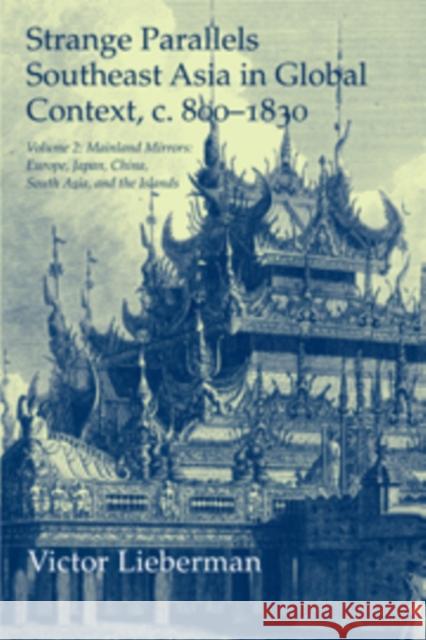Strange Parallels: Volume 2, Mainland Mirrors: Europe, Japan, China, South Asia, and the Islands: Southeast Asia in Global Context, C.800-1830 » książka
Strange Parallels: Volume 2, Mainland Mirrors: Europe, Japan, China, South Asia, and the Islands: Southeast Asia in Global Context, C.800-1830
ISBN-13: 9780521823524 / Angielski / Twarda / 2009 / 976 str.
Strange Parallels: Volume 2, Mainland Mirrors: Europe, Japan, China, South Asia, and the Islands: Southeast Asia in Global Context, C.800-1830
ISBN-13: 9780521823524 / Angielski / Twarda / 2009 / 976 str.
(netto: 564,93 VAT: 5%)
Najniższa cena z 30 dni: 584,34
ok. 22 dni roboczych.
Darmowa dostawa!
Blending fine-grained case studies with overarching theory, this book seeks both to integrate Southeast Asia into world history and to rethink much of Eurasia s premodern past. It argues that Southeast Asia, Europe, Japan, China, and South Asia all embodied idiosyncratic versions of a Eurasian-wide pattern whereby local isolates cohered to form ever larger, more stable, more complex political and cultural systems. With accelerating force, climatic, commercial, and military stimuli joined to produce patterns of linear-cum-cyclic construction that became remarkably synchronized even between regions that had no contact with one another. Yet this study also distinguishes between two zones of integration, one where indigenous groups remained in control and a second where agency gravitated to external conquest elites. Here, then, is a fundamentally original view of Eurasia during a 1,000-year period that speaks to both historians of individual regions and those interested in global trends."











